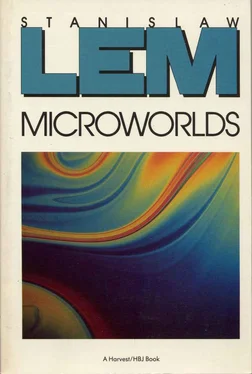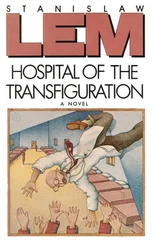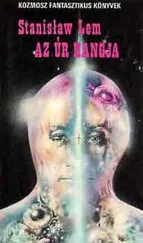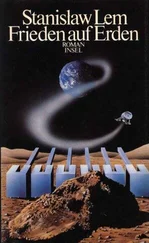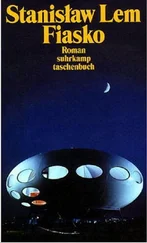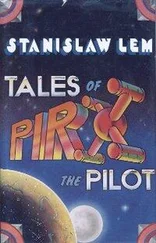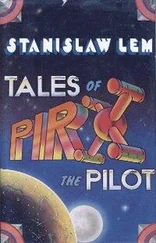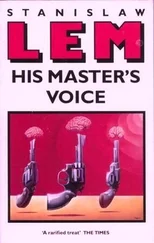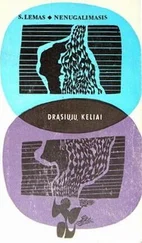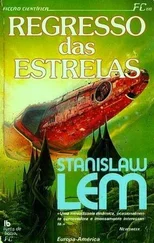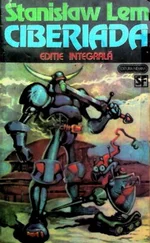ON THE STRUCTURAL ANALYSIS OF SCIENCE FICTION
In the early stages of literary development the different branches of literature, the genological types, are distinguished clearly and unmistakably. Only in the more advanced stages do we find hybridization. But since some cross-breedings are always forbidden, there exists a main law of literature that could be called “incest prohibition”; that is, the taboo of genological incest.
A literary work considered as a game has to be played out to the finish under the same rules with which it was begun. A game can be empty or meaningful. An empty game has only inner semantics, for it derives entirely from the relationships that obtain between the objects with which it is played. On a chessboard, for example, the king has its specific meanings within the rules of the play, but it has no reference outside the rules (i.e., it is nothing at all in relation to the world outside the confines of the chessboard). Literary games can never have so great a degree of semantic vacuum, for they are played with “natural language,” which always has meanings oriented toward the world of real objects. Only with a language especially constructed to have no outward semantics, such as mathematics, is it possible to play empty games.
In any literary game there are rules of two kinds: those that realize outer semantic functions as the game unfolds and those that make the unfolding possible. “Fantastic” rules of the second kind — those that make the unfolding possible — are not necessarily felt as such even when they imply events that could not possibly occur in the real world. For example, the thoughts of a dying man are often detailed in quite realistic fiction even though it is impossible, therefore fantastic, to read the thoughts of a dying man out of his head and reproduce them in language. In such cases we simply have a convention, a tacit agreement between writer and reader — in a word, the specific rule of literary games that allows the use of nonrealistic means (e.g., thought reading) for the presentation of realistic happenings.
Literary games are complicated by the fact that the rules that realize outer semantic functions can be oriented in several directions. The main types of literary creation imply different ontologies. But you would be quite mistaken if you believed, for example, that the classical fairy tale has only its autonomous inner meanings and no relationship with the real world. If the real world did not exist, fairy tales would have no meaning. The events that occur in a myth or fairy tale are always semantically connected with what fate has decreed for the inhabitants of the depicted world, which means that the world of a myth or fairy tale is ontologically either inimical or friendly toward its inhabitants, never neutral; it is thus ontologically different from the real world, which may be here defined as consisting of a variety of objects and processes that lack intention, that have no meaning, no message, that wish us neither well nor ill, that are just there. The worlds of myth or fairy tale have been built either as traps or as happiness-giving universes. If a world without intention did not exist — that is, if the real world did not exist — it would be impossible for us to perceive the differentia specifica, the uniqueness, of the myth and fairy-tale worlds.
Literary works can have several semantic relationships at the same time. For fairy tales the inner meaning is derived from the contrast with the ontological properties of the real world, but for anti-fairy tales, such as those by Mark Twain in which the worst children live happily and only the good and well bred end fatally, the meaning is arrived at by turning the paradigm of the classical fairy tale upside down. In other words, the first referent of a semantic relationship need not be the real world but may instead be the typology of a well-known class of literary games. The rules of the basic game can be inverted, as they are in Mark Twain, and thus is created a new generation, a new set of rules — and a new kind of literary work.
In the twentieth century the evolution of mainstream literary rules has both allowed the author new liberties and simultaneously subjected him to new restrictions.
This evolution is antinomical, as it were. In earlier times the author was permitted to claim all the attributes of God: nothing that concerned his hero could be hidden from him. But such rules had already lost their validity with Dostoevsky, and God-like omniscience with respect to the world he has created is now forbidden the author. The new restrictions are realistic in that as human beings we act only on the basis of incomplete information. The author is now one of us; he is not allowed to play God. At the same time, he is allowed to create inner worlds that need not necessarily be similar to the real world, but can instead show different kinds of deviation from it.
These new deviations are very important to the contemporary author. The worlds of myth and fairy tale also deviate from the real world, but individual authors do not invent the ways in which they do so: in writing a fairy tale you must accept certain axioms you haven’t invented, or you won’t write a fairy tale. In mainstream literature, however, you are now allowed to attribute pseudo-ontological qualities of your personal, private invention to the world you describe. Since all deviations of the described world from the real world necessarily have a meaning, the sum of all such deviations is (or should be) a coherent strategy or semantic intention.
Therefore we have two kinds of literary fantasy: “final” fantasy, as in fairy tales and science fiction, and “passing” fantasy, as in Kafka. In a science-fiction story, the presence of intelligent dinosaurs does not usually signal the presence of hidden meaning. The dinosaurs are, instead, meant to be admired as we would admire a giraffe in a zoological garden; that is, they are intended not as parts of an expressive semantic system, but only as parts of the empirical world. In The Metamorphosis, on the other hand, it is not intended that we should accept the transformation of human being into bug simply as a fantastic marvel, but, rather, that we should pass on to the recognition that Kafka has with objects and their deformations depicted a sociopsychological situation. Only the outer shell of this world is formed by the strange phenomena; the inner core has a solid nonfantastic meaning. Thus a story can depict the world as it is, or interpret the world (attribute values to it, judge it, call it names, laugh at it, etc.), or, in most cases, do both things at the same time.
If the depicted world is oriented positively toward man, it is the world of the classical fairy tale, in which physics is controlled by morality, for in a fairy tale there can be no physical accidents that result in anyone’s death, no irreparable damage to the positive hero. If it is oriented negatively, it is the world of myth (“Do what you will, you’ll still become guilty of killing your father and committing incest”). If it is neutral, it is the real world — the world that realism describes in its contemporary shape and that science fiction tries to describe at other points on the space-time continuum.
It is the premise of science fiction that anything shown shall in principle be interpretable empirically and rationally. In science fiction there can be no inexplicable marvels, no transcendences, no devils or demons — and the pattern of occurrences must be verisimilar.
And now we come near the rub, for what is meant by a verisimilar pattern of occurrences? Science-fiction authors try to blackmail us by calling upon the omnipotence of science and the infinity of the cosmos as a continuum. “Anything can happen” and therefore “anything that happens to occur to us” can be presented in science fiction.
Читать дальше
